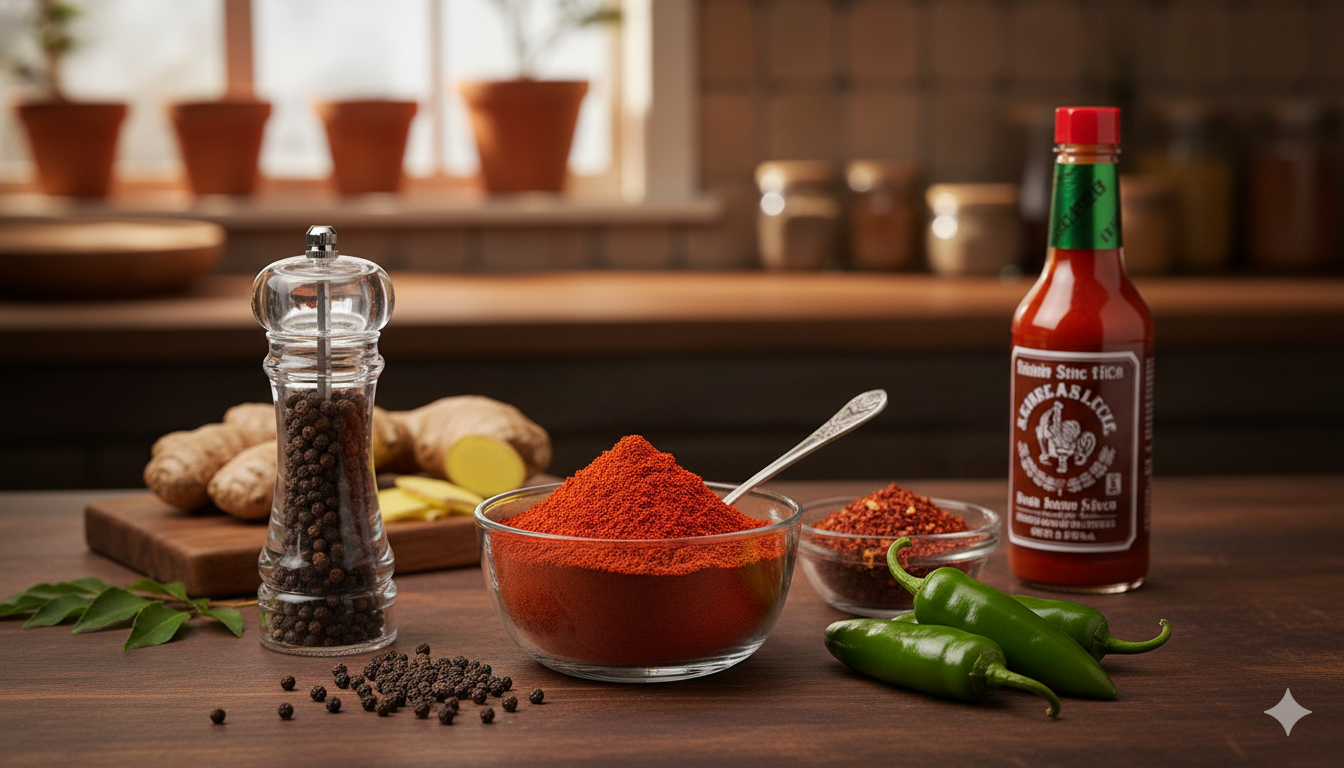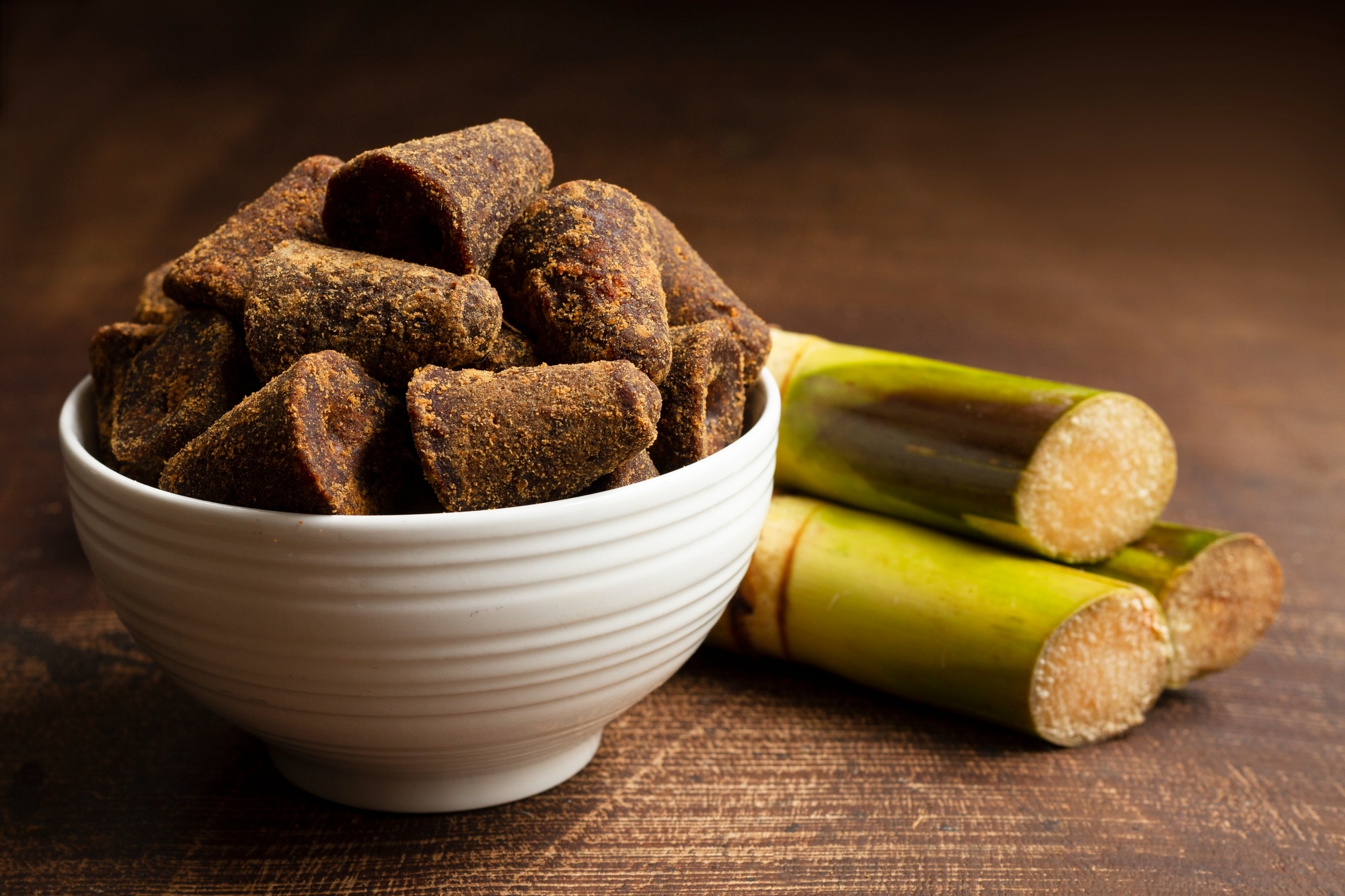There's something about cotton candies and toffees that always grabs our attention. Is it the cute shape of the candies or their sweet flavours? We feel it is the bright colours that instantly make people across ages crave these treats. That's the magic of food colours - they make your food look a lot more attractive. But are they safe for consumption? This is a question we all think about while talking about food colours. Let's find out in this article. Read on.
What Are Food Dyes? Why Are They Considered Bad For Health?
Food dyes are chemical substances developed to enhance the appearance of food by giving it an artificial colour. According to the International Journal of Occupational and Environmental Health, food dyes were originally synthesized from coal tar and now from petroleum. These colours add brightness to your food, making them a preferred choice over natural colours among food manufacturers.
However several studies have found risks associated with these food dyes. According to a study in the Archives of Disease in Childhood, removing artificial food dyes from the diet significantly reduced hyperactive symptoms (attention deficit hyperactivity disorder). Hence, food regulatory bodies from across the world have banned several types of food colours to reduce toxicity in food.
Also Read:Watch: Have You Seen Orange Colour Coconut? A Food Blogger Spotted It

Photo Credit: iStock
Should You Avoid Food Dyes Completely?
While food dyes pose health risks, the FDA (Food and Drug Administration of the United States) has passed a few food colours that are not linked to any health risk and are currently used in different types of foods. A report by the FDA states, "Color additives are safe when used properly."
Experts at the FDA further comment, "There is no such thing as absolute safety of any substance. In the case of a new colour additive, the FDA determines if there is a 'reasonable certainty of no harm' under the colour additive's proposed conditions of use." So, we suggest always looking for FDA-approved food dyes when picking one for your kitchen.
Also Read: Watch: Make Meethi Boondi In Different Colours With This Super Easy Recipe
Natural Colour Options | 5 Ways You Can Add Colour To Your Food Naturally:
If you ask us, we say the best practice is to add colour to your food naturally. And you do not need to go miles to find those colours. Scan through your kitchen mindfully, and voila, you will find multiple options lying around you.
1. Beetroot for red colour:
Beetroot has a rich natural colour that adds richness to a dish. You need to press the juice out of the beetroot and use it in your dish for the hue.
2. Spinach for green colour:
Want green colour in your meal? Reach out for some spinach juice. You can use any other green leafy vegetable, but spinach has the most neutral flavour that makes your food taste better.
3. Turmeric for yellow colour:
Turmeric has long been used for the yellow hue in food. But make sure you add it in a small amount to avoid the pungency in your food.
4. Kesar for saffron colour:
Another popular food dye, saffron has long been used in various sweet and savoury dishes for the golden hue. You can either soak some saffron strands in water or you can add to the milk, as per the need.
5. Blue pea flower for blue colour:
If you are a food enthusiast, then you surely know how popular the blue pea flower has become over time. It is widely used in food, drinks and desserts to get the natural blue colour, without harming your health.
Pick your food ingredients mindfully and enjoy a safe and healthy meal every single time.
About Somdatta SahaExplorer- this is what Somdatta likes to call herself. Be it in terms of food, people or places, all she craves for is to know the unknown. A simple aglio olio pasta or daal-chawal and a good movie can make her day.









